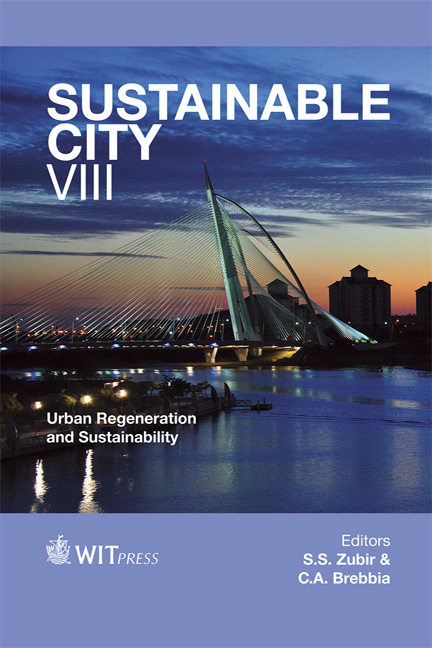Incentives Mechanism For The Conservation Of Traditional Villages In Japan And South Korea
Price
Free (open access)
Transaction
Volume
179
Pages
12
Page Range
1213 - 1224
Published
2013
Size
263 kb
Paper DOI
10.2495/SC131032
Copyright
WIT Press
Author(s)
I. S. Mat Radzuan, Y. Ahmad, N. Fukami & S. Inho
Abstract
A variety of incentive mechanisms have been formulated by authorities in Japan and South Korea to promote the conservation of cultural heritage, specifically in preserving their distinctive traditional villages. However, the coexistence of traditional villages in the contemporary landscape has been considered fragile for these countries, as many of them are torn down due to the urbanization pressures. Apart from that, scholars have criticized the so-called incentives policy due to its inability to provide equal and equitable distributions of benefits to local residents within the village area. This paper seeks to describe the various types of incentive policies applied in Japan and South Korea. The following questions are examined: (1) What are the current incentives policies offered for the conservation of traditional villages? (2) How does the incentives program work? (3) What are the limitations of incentive policies in meeting community needs? Reflecting the differences of the policy provisions, this research adapts a comparative study; mixed method approaches were employed, including a questionnaire survey as a tool of data gathering coupled with in-depth interviews. This study also identified constraints on the current incentives policy implementation from the view of local residents, and whether or not such policy addresses their aspirations and needs. Keywords: incentives policy, conservation, cultural heritage, traditional villages, comparative study.
Keywords
Keywords: incentives policy, conservation, cultural heritage, traditional villages, comparative study.





